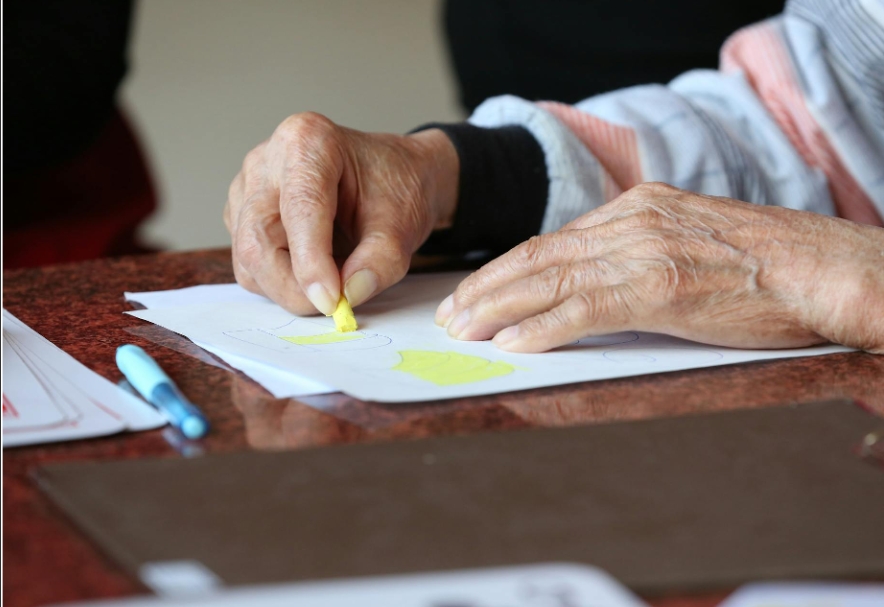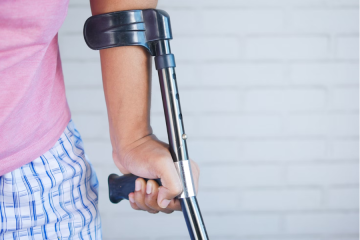Arthritis is a term that covers a range of conditions affecting the joints, and it can significantly impact the quality of life. It develops when the cartilage, the smooth cushioning surface on the ends of bones, wears away, leading to pain, stiffness, and decreased mobility. This condition can affect anyone for various reasons, such as an injury, overuse, or old age. However, it is not a guaranteed part of aging. Despite how daunting it may seem, there’s a beacon of hope for those suffering. The key lies in understanding and employing effective strategies for managing chronic arthritis pain, turning what might seem like a life sentence into a manageable condition.
Low-Dose Naltrexone (LDN) for Pain Management
Low-Dose Naltrexone (LDN) is gaining attention as an innovative approach to managing chronic arthritis pain. Unlike the higher doses used to treat addiction, LDN at low doses acts as an immune modulator, helping to reduce the inflammation that contributes to arthritis pain. The principle behind LDN is that it temporarily blocks opioid receptors, which then causes the body to increase its production of endorphins—our natural painkillers. This increase in endorphins helps to modulate the immune response, thereby reducing inflammation and pain. Patients considering LDN should consult their healthcare provider, as it offers a promising but less conventional treatment path. You might want answers to questions such as: How much does LDN cost? What is the effectiveness of the treatment, along with the side effects and benefits? Consult a well-reputed medical facility to understand these details before opting for this treatment.
Physical Therapy: Strengthening Your Joints
Physical therapy is essential for arthritis management. It focuses on exercises designed to strengthen the muscles around the joints, enhance flexibility, and reduce pain. A physical therapist can tailor a program specifically to your needs, which might include a combination of stretching, strength training, and aerobic exercises. Consistent physical therapy can improve joint function and prevent further deterioration. The key is regularity and persistence, with exercises adjusted as your condition changes. Engaging in physical therapy empowers patients to take an active role in their treatment, leading to better outcomes.
Diet and Nutrition: Eating Right to Fight Inflammation
Diet plays a pivotal role in managing arthritis symptoms. Inflammation is a significant contributor to arthritis pain, but certain foods can help combat this. Incorporating omega-3 fatty acids found in fish like salmon and mackerel, along with plenty of fruits, vegetables, and whole grains, can help reduce inflammation. On the other hand, processed foods, red meat, and sugary beverages should be limited as they can increase inflammation. Hydration is also crucial, as water helps to keep joints lubricated. Making dietary changes can be challenging, but the benefits of reduced pain and increased mobility are well worth the effort.
Weight Management: Lightening the Load on Your Joints
Excess weight puts additional pressure on your joints, exacerbating arthritis pain. Weight management is, therefore, a critical aspect of treatment. Losing even a small amount of weight can significantly reduce joint stress, especially in weight-bearing joints like the hips and knees. Combining a healthy, balanced diet with regular exercise is the most effective strategy for weight loss. It’s not about quick fixes but adopting sustainable lifestyle changes that promote overall health. Consulting with a nutritionist or dietician can provide personalized guidance to help achieve and maintain a healthy weight.
Acupuncture: An Ancient Approach to Pain Relief
Acupuncture, a practice rooted in traditional Chinese medicine, involves inserting thin needles into specific points on the body to relieve pain. It’s thought that this process stimulates the nervous system to release chemicals in the muscles, spinal cord, and brain, including endorphins, which naturally decrease pain. For many arthritis sufferers, acupuncture has been a valuable addition to their pain management strategy, offering relief without the side effects associated with some medications. While acupuncture’s efficacy varies from person to person, it represents a safe and potentially effective option for those looking to manage their arthritis pain holistically.
Heat and Cold Therapy: Soothing Pain at Home
Heat and cold therapies are simple yet effective methods for managing arthritis pain at home. Applying heat can relax muscles, increase blood flow, and soothe stiff joints, making it particularly beneficial in the morning or before exercise. It’s essential to use these therapies correctly—heat for no more than 20 minutes at a time. When going for cold therapy, use a protective layer between the ice pack and the skin to prevent ice burns. Alternating between heat and cold can provide optimal relief for some, making these therapies a versatile and accessible component of arthritis pain management.
Joint Injections: A Direct Approach to Pain Relief
For those whose pain isn’t relieved by oral medications, joint injections offer a more direct approach. Corticosteroid injections can provide rapid relief from inflammation and pain, though their effects are temporary, and usage is limited to prevent joint damage. Hyaluronic acid injections, another option, aim to lubricate the knee joint, improving mobility and easing pain. While not universally effective for all arthritis patients, for some, joint injections can significantly improve quality of life. It’s important to discuss the potential benefits and risks of these treatments with a healthcare provider to determine their suitability for your specific condition.
Surgery: When Other Treatments Haven’t Helped
Surgery becomes an option when conservative treatments have failed to provide sufficient relief. Surgical options range from arthroscopic surgery to clean out the joints, to osteotomy to realign bones, and ultimately, joint replacement surgery for severely damaged joints. While surgery can offer significant pain relief and improved function, it also comes with risks and requires a considerable recovery period. Therefore, it’s typically considered a last resort but can be life-changing for those who undergo it, allowing them to regain mobility and significantly reduce their pain levels.
Lifestyle Changes: Adapting Your Environment
Adapting your daily environment can significantly impact managing arthritis pain. Simple changes, such as using ergonomic tools, adopting voice-activated devices, and modifying home layouts to reduce the need to climb stairs, can help minimize joint strain. Wearing supportive shoes, using assistive devices like canes or walkers for stability, and engaging in low-impact exercises like swimming can also alleviate pain. These lifestyle adjustments, though small, can profoundly affect daily comfort and pain levels, making them a critical aspect of comprehensive arthritis management.
Conclusion
The journey to managing chronic arthritis pain encompasses a broad range of strategies, from medical interventions and surgery to practical adjustments in daily life and environment. Throughout this journey, understanding and carefully considering each option in collaboration with healthcare professionals is paramount. Equally important is the role of lifestyle changes—often overlooked, they can dramatically improve one’s quality of life. By combining these approaches, individuals with arthritis can find meaningful relief and regain control over their lives, demonstrating that while arthritis may be a part of life, it doesn’t have to dominate it.




